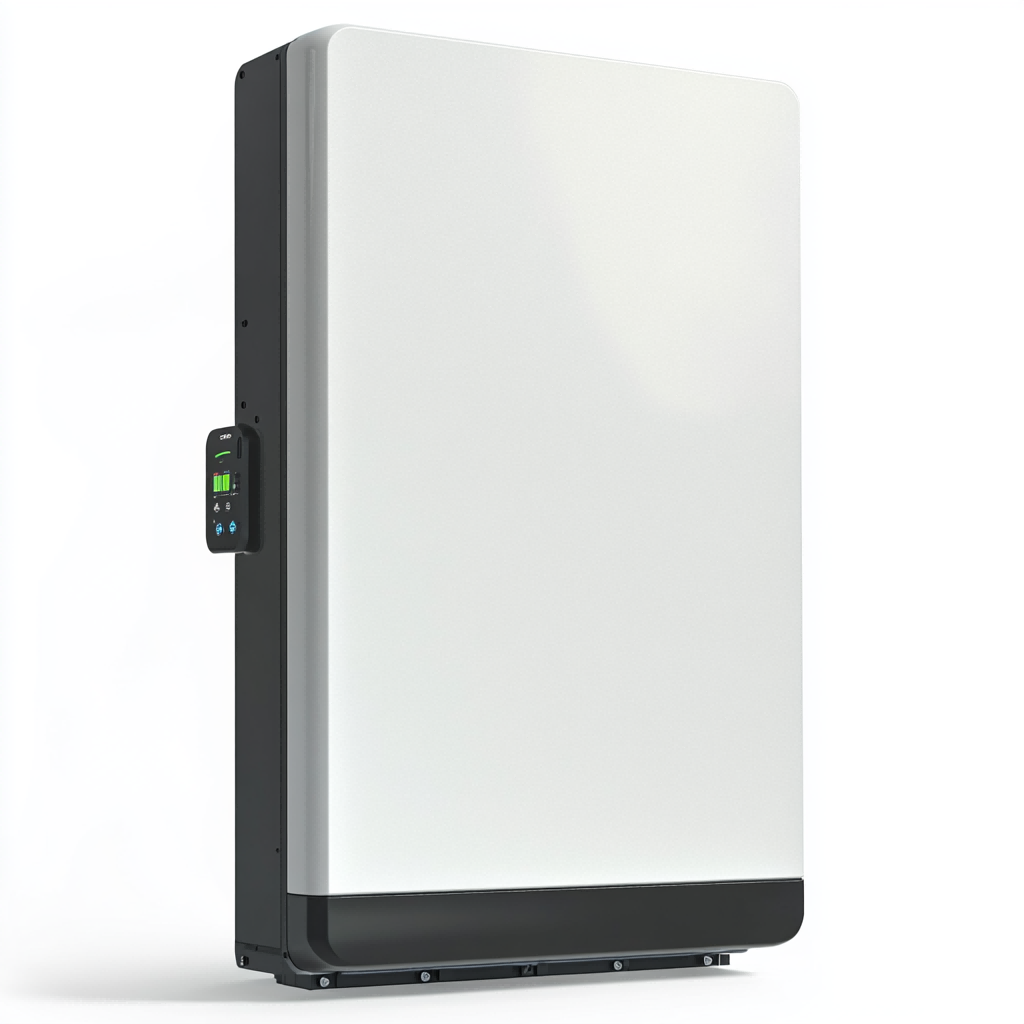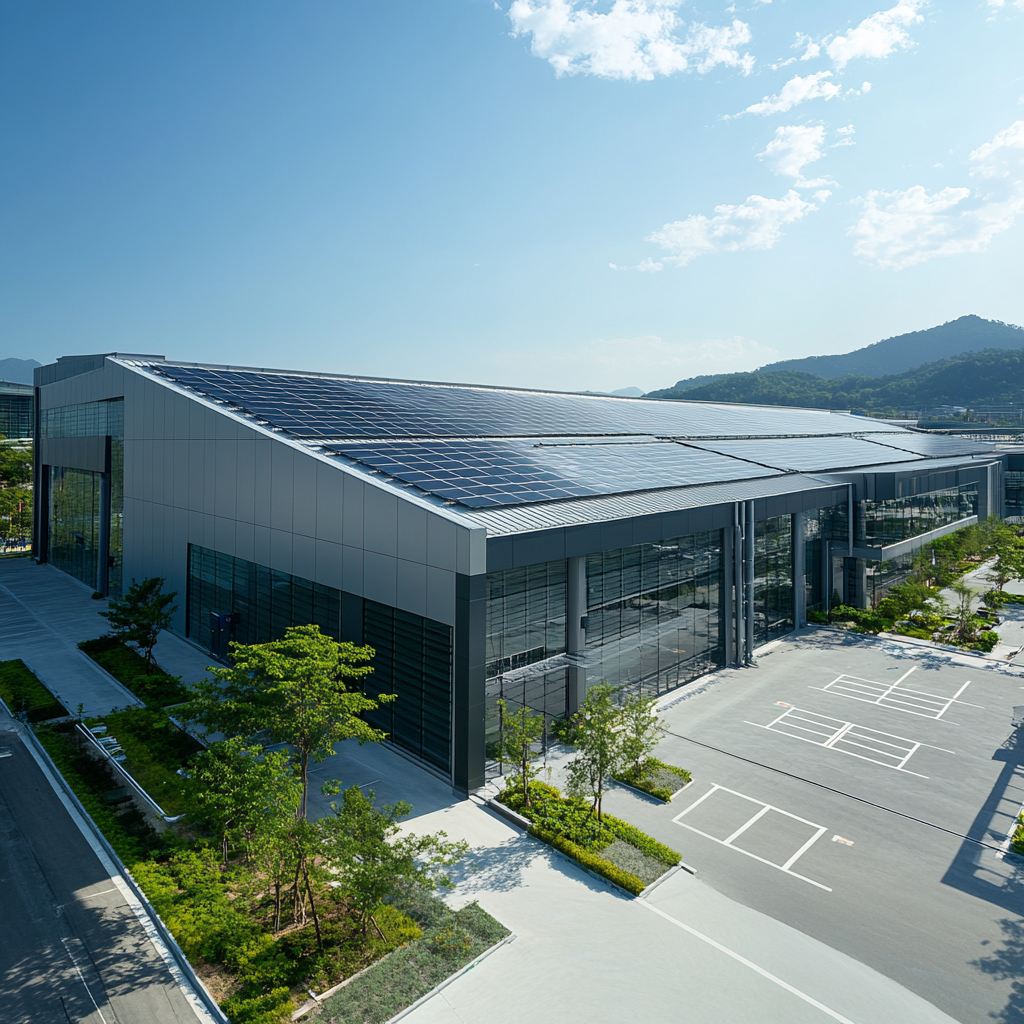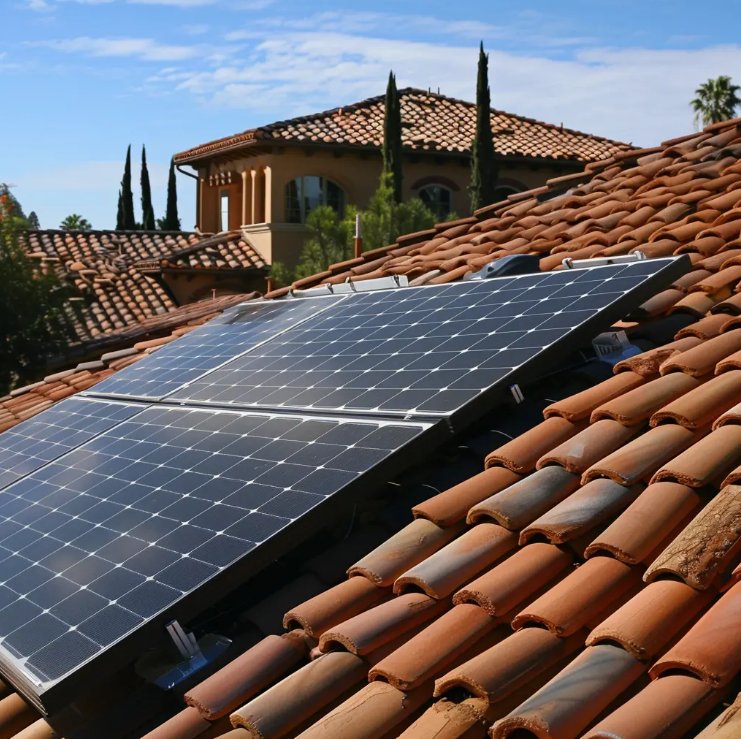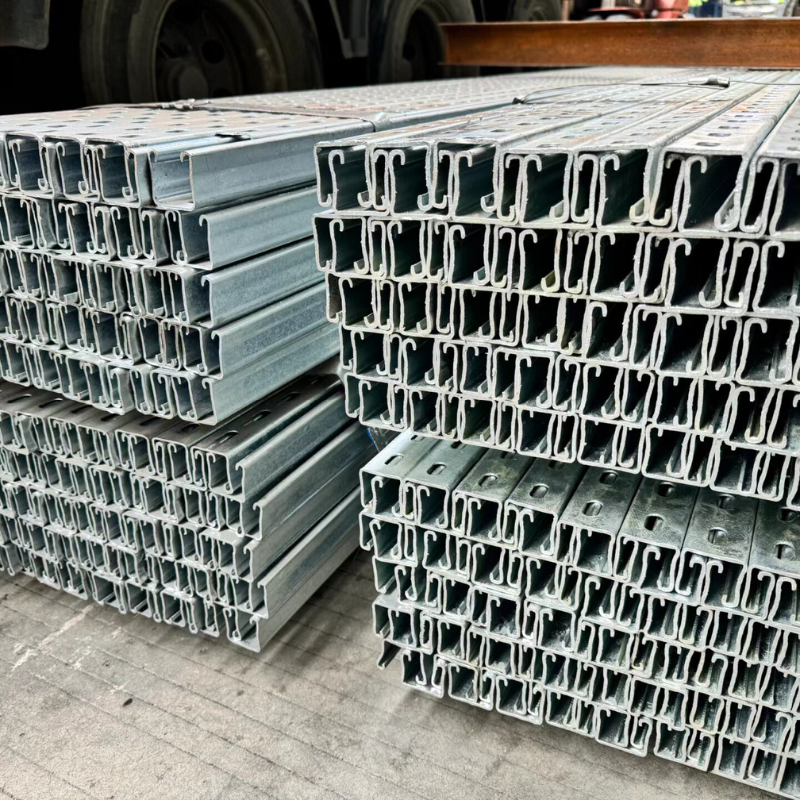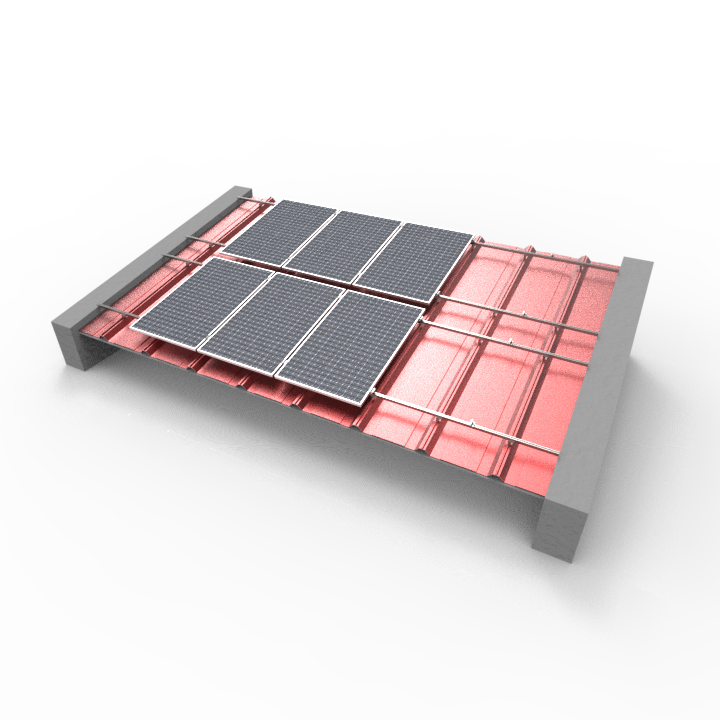How do I maintain and inspect solar panel mounts to ensure their long-term durability and performance?
Maintaining solar panel mounts is essential for supporting your energy system effectively. Regular care helps ensure they last longer and perform efficiently. Neglecting to maintain solar panel mounts can result in rust, loose bolts, or structural damage. It is crucial to inspect and clean them routinely to prevent costly repairs and keep your system running smoothly.
Inspect Mounts Regularly
Regular inspections are essential to maintain solar panel mounts and ensure their longevity. By checking for potential issues early, you can prevent costly repairs and keep your solar energy system functioning efficiently.
Check for Loose Bolts and Connections
Loose bolts or connections can compromise the stability of your solar panel mounts. Over time, vibrations, wind, and other environmental factors may cause bolts to loosen. You should inspect all bolts and fasteners regularly to ensure they remain tight and secure. Use a wrench or screwdriver to test each connection. If you find any loose components, tighten them immediately.
Look for Corrosion or Rust
Corrosion or rust can weaken the structural integrity of your mounts. Exposure to rain, humidity, and other weather conditions often causes metal components to corrode. During inspections, examine all metal parts for signs of rust or discoloration. Pay close attention to joints and areas where water might collect.
Clean Mounts to Prevent Debris Build-Up
Keeping your solar panel mounts clean is essential for their performance and longevity. Dirt, leaves, and other debris can accumulate over time, affecting the stability of the mounts. Regular cleaning helps you maintain solar panel mounts and ensures they function effectively.
Use Proper Cleaning Tools and Techniques
Using the right tools makes cleaning easier and safer. A soft-bristle brush works well for removing dirt without scratching the surface. For hard-to-reach areas, a long-handled brush or a microfiber cloth attached to a pole can help. Use a bucket of warm water mixed with mild soap to loosen stubborn grime. Rinse the mounts thoroughly with clean water to remove any residue.
Avoid Harsh Chemicals That Could Damage Materials
Harsh chemicals can corrode metal parts or weaken protective coatings. Stick to mild, eco-friendly cleaning solutions. These are safe for both the mounts and the environment. Check the product label to ensure it is non-abrasive and suitable for outdoor use.
Monitor for Structural Damage
Structural damage can compromise the safety and efficiency of your solar panel system. Regular monitoring helps you identify and address issues before they worsen.
Identify Cracks, Bends, or Weak Points
Cracks, bends, or weak points in the mounts can reduce their ability to support the panels. Inspect the mounts closely for visible damage. Look at the joints, brackets, and other load-bearing parts. Even small cracks can grow over time, especially under stress from wind or weight.
Address Damage Immediately to Prevent Escalation
Delaying repairs can lead to more severe problems. A small crack can expand, causing the mount to fail entirely. Replace damaged parts as soon as possible to avoid costly repairs later. For minor issues, such as surface-level cracks, use sealants or adhesives designed for outdoor use.
Protect Against Weather-Related Wear
Weather can take a toll on your solar panel mounts. Rain, wind, and extreme temperatures can weaken their structure over time. Taking proactive steps helps you protect them from weather-related damage and ensures their longevity.
Apply Protective Coatings to Prevent Corrosion
Protective coatings shield your mounts from moisture and rust. Metal parts are especially vulnerable to corrosion when exposed to rain or humidity. You can apply a weather-resistant coating to create a barrier against these elements. Look for coatings designed for outdoor use, as they provide long-lasting protection.
Secure Mounts Against Strong Winds and Storms
Strong winds and storms can loosen or damage your mounts. Securing them properly reduces the risk of displacement. Check that all bolts and fasteners are tight. Reinforce weak points with additional brackets or supports if needed.
Ensure Proper Alignment
Proper alignment is essential for maximizing the efficiency of your solar panels. Misaligned mounts can reduce energy output and strain the system. Regular checks and adjustments help you maintain solar panel mounts effectively.
Check for Shifts in Mount Position
Shifts in mount position can occur due to wind, vibrations, or other environmental factors. These shifts may cause your solar panels to lose their optimal angle. Inspect the mounts regularly to ensure they remain in their original position. Look for any signs of movement, such as uneven gaps or misaligned brackets. Use a level or alignment tool to verify the position of the mounts.
Recalibrate to Maintain Optimal Solar Panel Angles
Solar panels need to face the sun at the correct angle to generate maximum energy. Over time, mounts may tilt or shift slightly, affecting this angle. Recalibrate the mounts periodically to restore the optimal position. Use a solar angle calculator or consult your system's manual for the recommended angle based on your location.
Regular maintenance helps you keep solar panel mounts durable and efficient. Proactive care ensures your solar energy system operates at its best. Protect your investment by starting today. Small efforts now lead to long-term benefits for your energy system.

